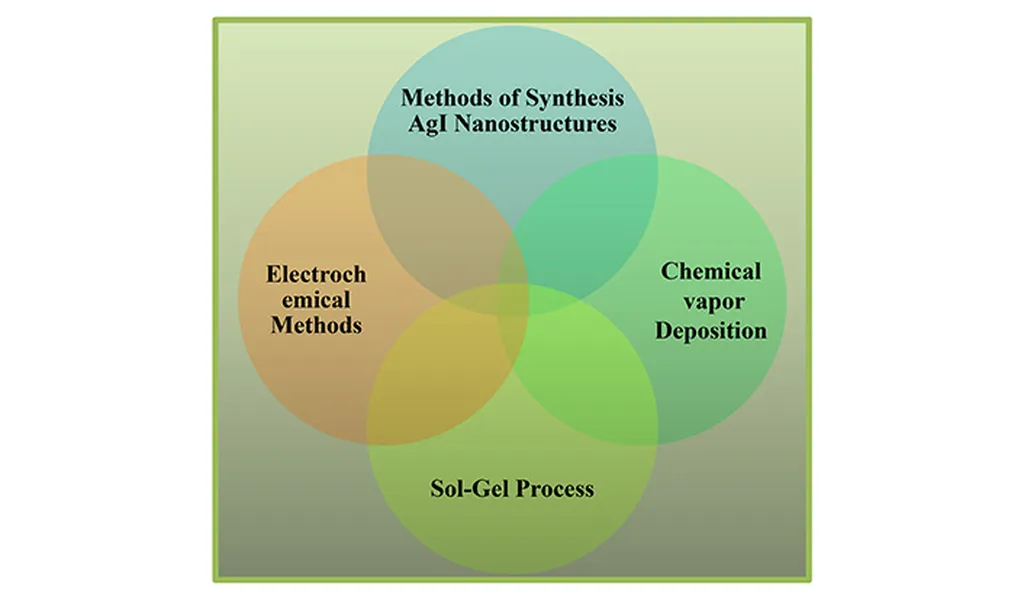In the heart of Pakistan, researchers are making strides that could revolutionize the way we detect and diagnose diseases, with implications that stretch far beyond the medical field. Humaira Aslam, a scientist at the Centre for Nanosciences at the University of Okara, is leading a team that’s exploring the potential of silver iodide (AgI) nanostructures for optical biosensors. Their work, recently published in *Exploration of BioMat-X* (which translates to *Exploration of Biomaterials*), is opening up new avenues for faster, more intuitive, and painless detection methods.
AgI nanostructures have long been recognized for their unique optical properties, including tunable surface plasmon resonance (SPR) and fluorescence enhancement. These properties make them highly sensitive to biomolecules, which is a game-changer in the world of diagnostics. “The presence of SPR enhances optical signals, while fluorescence enhancement helps visualize biomolecule interactions, even at low analyte concentrations,” Aslam explains. This means that diseases could be detected earlier, and with greater accuracy, potentially saving countless lives.
The synthesis of these nanostructures is a delicate process, involving chemical precipitation and template methods. These techniques allow for fine-tuning of the morphology and crystallinity of the final nanostructure, ensuring optimal performance. The biocompatibility of these nanostructures is another significant advantage. Aslam notes, “The good biocompatibility level of the created AgI nanostructures makes it possible to integrate them into biological systems safely, increasing their usage in medicine.”
The potential applications of this research are vast. From proteins to nucleic acids, these biosensors could be used to detect a wide range of biomolecules, paving the way for advancements in disease diagnosis and pharmacogenomics. But the implications don’t stop at the medical field. In the energy sector, for instance, these biosensors could be used to monitor environmental conditions, detect leaks, or even improve the efficiency of energy production processes.
Aslam’s work is a testament to the power of interdisciplinary research. By bringing together principles from optics, biology, and nanotechnology, she and her team are pushing the boundaries of what’s possible in the field of biosensors. Their research is not just about creating a new tool; it’s about reimagining the future of diagnostics and beyond.
In the words of Aslam, “This integration of their appealing optics, biosensing operating principles, and biocompatibility establishes their centrality in the creation of future photonic biosensors.” With such promising research on the horizon, the future of diagnostics—and the energy sector—looks brighter than ever.

